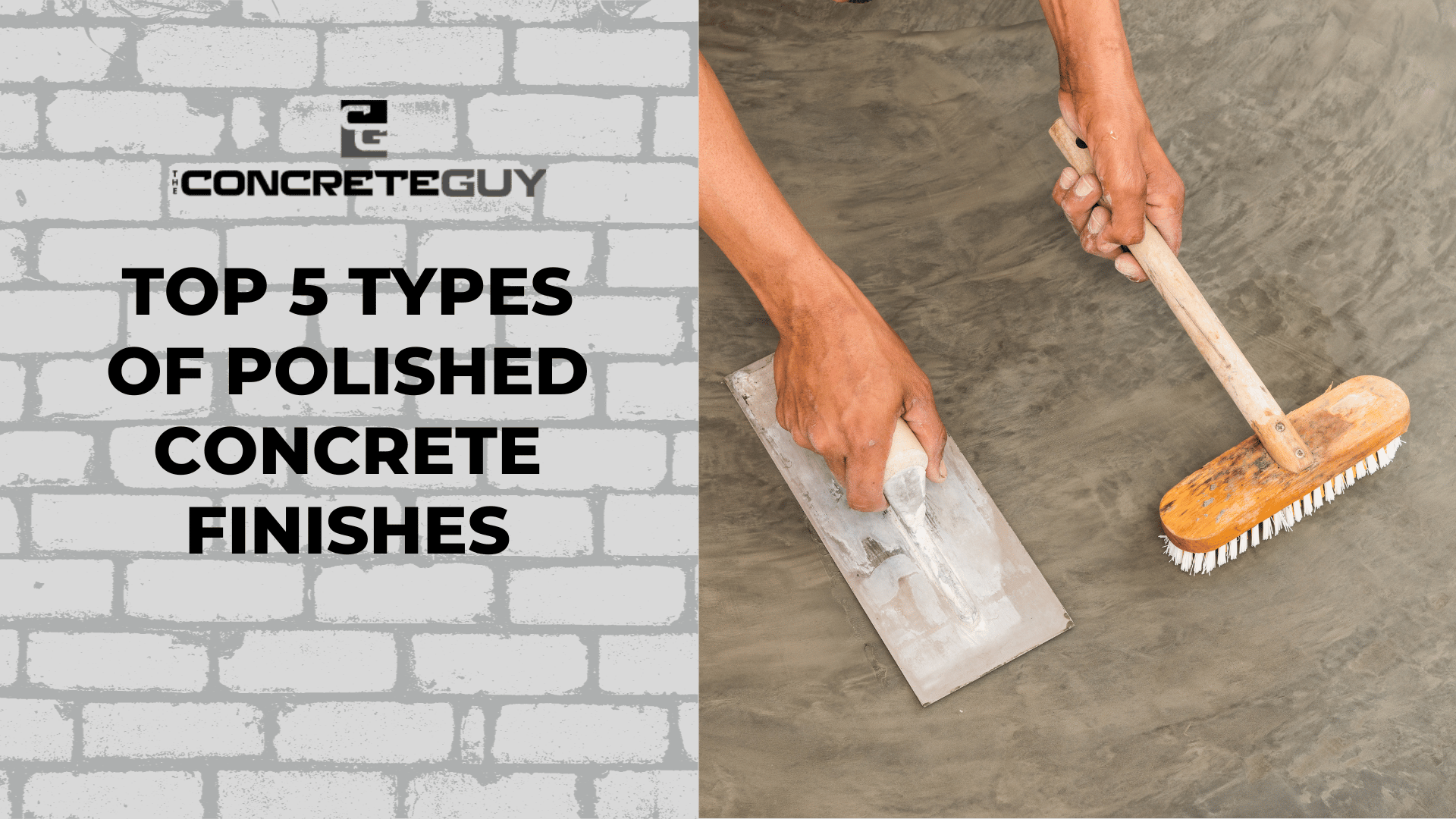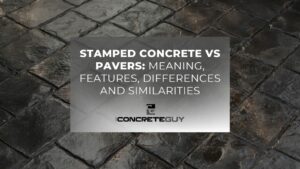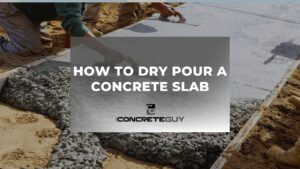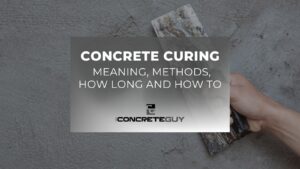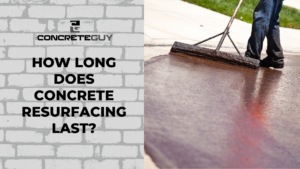Polished concrete has become increasingly popular in the flooring industry, thanks to its remarkable ability to transform ordinary concrete into a stunning and long-lasting surface.
When it comes to types of polished concrete finishes, there are several options to choose from, each with its own distinct characteristics and aesthetic appeal. Whether you prefer a sleek and glossy look or a more textured and patterned design, there’s a polished concrete finish that can meet your specific needs.
What is Polished Concrete?
Polished concrete is a flooring option that involves refining and treating regular concrete to achieve a smooth, glossy, and visually appealing surface. The process of transforming regular concrete into a polished finish typically involves several key elements, including grinding, honing, and polishing.
To begin the process, the concrete surface is initially ground using coarse diamond abrasives. This grinding step helps to remove any existing coatings, imperfections, or unevenness in the concrete. It also exposes the underlying aggregate (if desired) to create a unique aesthetic effect.
After the initial grinding, finer diamond abrasives are used in a process called honing. Honing further refines the surface by eliminating the scratches and roughness left by the initial grinding. This step gradually smoothens the concrete and prepares it for the final polishing stage.
Polishing is the final step in the process, where progressively finer diamond abrasives are used to achieve the desired level of shine and reflectivity. The polishing process involves multiple passes over the surface, gradually refining it to a high-gloss finish.
In addition to grinding, honing, and polishing, the use of densifiers and sealers is common in the polished concrete process. Densifiers are chemical solutions that penetrate the concrete and react with it to increase its hardness and durability.
Sealers, on the other hand, are applied to the polished surface to protect it from stains, moisture, and wear, while also enhancing its shine and longevity.
Combining the grinding, honing, and polishing steps, along with the application of densifiers and sealers, polished concrete transforms a plain concrete slab into a visually stunning and durable flooring option. The process not only enhances the appearance of the concrete but also provides a smooth, low-maintenance surface that can withstand heavy foot traffic and last for years to come.
Top 5 Types of Polished Concrete Finishes
Different types of polished concrete finishes offer their distinct characteristics and aesthetic appeal, allowing individuals to choose the finish that best suits their design preferences and functional requirements. That said, here are the top 5 types of polished concrete finishes:
1. Cream Polish
Cream polish is a popular type of polished concrete finish that involves minimal grinding to achieve a glossy surface. It showcases the natural color of the concrete, resulting in a clean and elegant look.
This finish is often preferred for residential and light commercial applications where a subtle, contemporary aesthetic is desired. Cream polish provides a smooth and reflective surface that can enhance the overall brightness of a space while maintaining a sleek appearance.
2. Salt and Pepper
The salt and pepper finish is characterized by a speckled appearance with small, randomly distributed aggregate exposure. This finish adds texture and depth to the polished concrete surface, creating a visually interesting and unique look.
The scattered aggregate particles give the floor a subtle yet distinct pattern, making it suitable for a wide range of settings. The salt and pepper finish offers versatility and aesthetic appeal, complementing various design styles from modern to industrial.
3. Aggregate Exposure
The aggregate exposure finish involves grinding and polishing the concrete surface to expose a specific depth of the aggregate. This finish allows for customization, as the level of aggregate exposure can be adjusted to achieve different visual effects.
Exposing more aggregate creates a bolder and more textured appearance, while less exposure results in a smoother and more uniform surface. The aggregate exposure finish offers a balance between the natural beauty of the exposed aggregate and the refined look of polished concrete.
4. Stained Concrete
Stained concrete is a polished finish achieved by applying color stains to the concrete surface. This finish allows for a wide range of color options, from earthy tones to vibrant hues, enabling endless design possibilities.
Stained concrete can also mimic the look of natural stone or create unique patterns and designs. The stains penetrate the concrete, creating a long-lasting and fade-resistant color that enhances the overall aesthetics of your space. This finish is ideal for those seeking a polished concrete floor with added visual interest and personality.
5. Decorative Patterns
Polished concrete also offers the opportunity to incorporate decorative patterns, such as saw-cut patterns, stencils, or custom designs. These patterns can be created during the polishing process or added through additional techniques.
Decorative patterns provide the ability to incorporate logos, textures, or intricate designs directly into the polished concrete surface, adding a touch of artistry and personalization to the floor. This finish is popular in commercial spaces, retail environments, and areas where branding or unique visual elements are desired.
Advantages of Polished Concrete Flooring
Here are the key benefits of polished concrete flooring:
1. Durability
Polished concrete is renowned for its exceptional durability. It is highly resistant to heavy foot traffic, impacts, and abrasions, making it suitable for high-traffic areas such as retail stores, warehouses, and industrial facilities. Polished concrete can withstand the demands of daily use without showing signs of wear and tear, ensuring a long-lasting floor surface.
2. Low Maintenance
One of the significant advantages of polished concrete flooring is its low maintenance requirements. The smooth and dense surface of polished concrete resists stains, dust, and dirt. Regular sweeping and occasional damp mopping are usually sufficient to keep the floor clean and well-maintained.
Unlike other flooring options, polished concrete does not require waxing or extensive upkeep, saving both time and effort in maintenance routines.
3. Long Lifespan
Polished concrete flooring is known for its longevity. When properly installed and maintained, it can last for decades without the need for replacement. This long lifespan translates to cost savings in the long run, as there is no need for frequent floor renovations or replacements.
4. Cost-Effectiveness
Polished concrete is a cost-effective flooring option compared to many other alternatives. Since concrete is typically already present in buildings as a foundational material, the process of polishing it eliminates the need for additional flooring materials such as tiles, carpets, or wood.
This reduces material costs, installation expenses, and potential future replacement costs. Additionally, the low maintenance requirements of polished concrete further contribute to its cost-effectiveness over time.
5. Eco-Friendly
Polished concrete is an environmentally friendly flooring choice. It utilizes existing concrete substrates, reducing the need for additional materials and minimizing waste. The polishing process itself requires fewer chemicals and produces less VOC (Volatile Organic Compounds) emissions compared to other flooring treatments.
Also, the reflective properties of polished concrete can enhance natural lighting, reducing the need for artificial lighting and lowering energy consumption.
Final Thoughts
Polished concrete offers a wide range of finishes that can elevate the aesthetics and functionality of your floors. From the cream polish finish to the salt and pepper finish, aggregate exposure finish, stained concrete, and decorative patterns, we explored the top types of polished concrete finishes, each with its own unique characteristics and visual appeal.
Should you require any assistance or consultation for the installation of polished concrete in your space, The Concrete Guy is the best option available. We have the expertise and knowledge to guide you through the process and ensure that you achieve the desired results.

